Photos: Light Pollution Around the World
Because of light pollution, when clouds roll in at night, city skies brighten instead of growing darker, researchers find. Here are photos of the artificial nighttime glow. [Read the full story about light pollution and cloudy nights. ]
Lighting the night
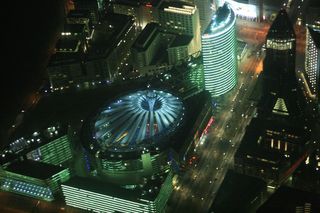
The Sony Center at Potsdamer Platz in Berlin. This is the brightest area (in terms of skyglow) in the entire city, according to Christopher Kyba, a light pollution researcher at the GFZ Center for Geoscience in Potsdam, Germany. (Photo credit: Christopher Kyba)
Berlin's nightlife
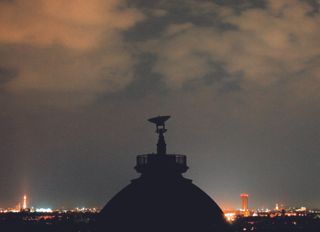
Clouds above Berlin glow orange and brighten the night sky because they are reflecting artificial light. (Photo credit: Christopher Kyba)
Natural glow
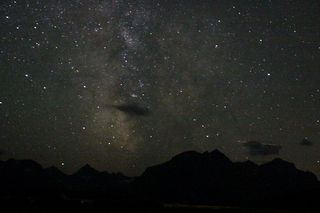
Nighttime clouds in Glacier National Park darken the sky. (Photo credit: Ray Stinson)
Sign up for the Live Science daily newsletter now
Get the world’s most fascinating discoveries delivered straight to your inbox.
Dark stars
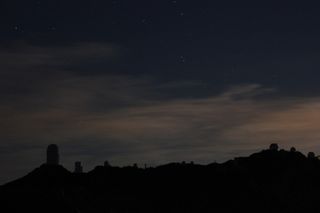
The darkest night sky measured in the study was at Kitt Peak National Observatory in Arizona. (Photo credit: Megan Gannon)
Night lights
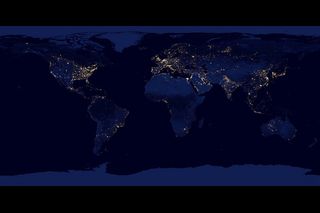
A global map of night light sources assembled from data acquired by the Suomi NPP satellite. (Image credit: NASA Earth Observatory)
Follow Becky Oskin @beckyoskin. Follow LiveScience @livescience, Facebook & Google+. Originally published on Live Science.

